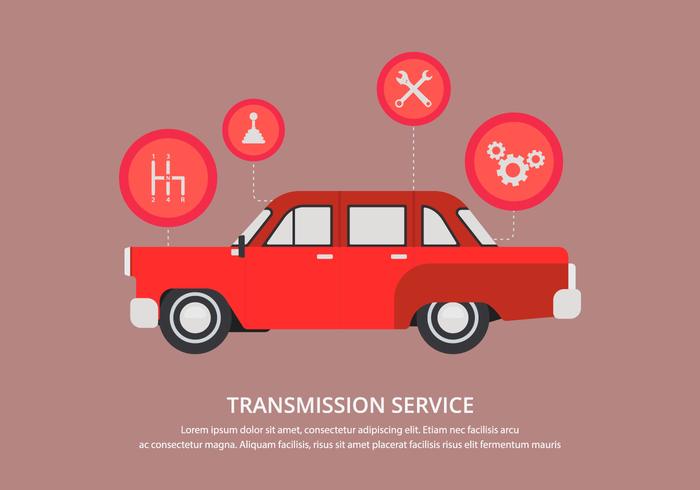Seeking Quality On The Warning Lights Presented On Your Cars And Truck'S Control Panel? Find Out Just How They Associate With Your Lorry'S Health And Safety
Seeking Quality On The Warning Lights Presented On Your Cars And Truck'S Control Panel? Find Out Just How They Associate With Your Lorry'S Health And Safety
Blog Article
Material Created By-Faulkner Alvarado
When you're behind the wheel, those radiant caution lights on your control panel can be a bit bewildering. Do you understand what they're trying to inform you concerning your automobile's health? Understanding the importance of these lights is vital for your safety and security and the durability of your automobile. So, the following time one of those lights pops up, would not you wish to analyze its message properly and take the essential steps to address it?
Common Caution Lights and Interpretations
Determine usual warning lights in your auto and comprehend their definitions to make certain risk-free driving.
The most normal warning lights include the check engine light, which indicates concerns with the engine or exhausts system. If premier auto detailing begins, it's critical to have your vehicle examined quickly.
The oil stress cautioning light suggests low oil stress, calling for immediate focus to avoid engine damage.
rv car wash near me blinking battery light might recommend a defective billing system, potentially leaving you stranded if not resolved.
The tire stress monitoring system (TPMS) light informs you to reduced tire stress, impacting automobile security and fuel efficiency. Disregarding this can cause risky driving conditions.
The abdominal muscle light indicates an issue with the anti-lock braking system, endangering your capacity to stop promptly in emergencies.
Lastly, the coolant temperature warning light warns of engine getting too hot, which can lead to severe damage if not resolved swiftly.
Understanding these typical warning lights will certainly help you deal with issues immediately and maintain secure driving conditions.
Value of Prompt Focus
Understanding the typical caution lights in your car is only the first step; the value of promptly attending to these cautions can't be emphasized enough to guarantee your safety and security when traveling.
When a warning light brightens on your dashboard, it's your car's way of communicating a potential issue that needs focus. Disregarding these cautions can bring about a lot more severe issues later on, endangering your security and possibly costing you much more in repairs.
Motivate focus to alerting lights can protect against failures and accidents. For instance, a blinking check engine light can indicate a misfire that, if left neglected, can trigger damages to the catalytic converter. Resolving this without delay can save you from a pricey fixing.
In a similar way, a brake system warning light might signify reduced brake liquid or used brake pads, crucial elements for your security when driving.
Do It Yourself Troubleshooting Tips
If you see a caution light on your control panel, there are a couple of DIY repairing suggestions you can try before looking for professional help.
The first step is to consult your automobile's guidebook to comprehend what the details warning light suggests. In some cases the concern can be as simple as a loosened gas cap triggering the check engine light. Tightening the gas cap might fix the problem.
One more usual concern is a reduced battery, which can activate different cautioning lights. Examining the battery connections for rust and guaranteeing they're safe may take care of the trouble.
If a caution light persists, you can try resetting it by separating the vehicle's battery for a couple of minutes and after that reconnecting it. Furthermore, examining your automobile's fluid levels, such as oil, coolant, and brake fluid, can assist repair advising lights related to these systems.
Final thought
Finally, recognizing your cars and truck's caution lights is vital for maintaining your automobile running smoothly and safely. By promptly dealing with these alerts and recognizing what they indicate, you can avoid costly repair services and prospective failures.
click here to read in mind to consult your automobile's manual for particular details on each cautioning light and do something about it accordingly to guarantee a trouble-free driving experience.
Keep informed, stay safe when driving!
